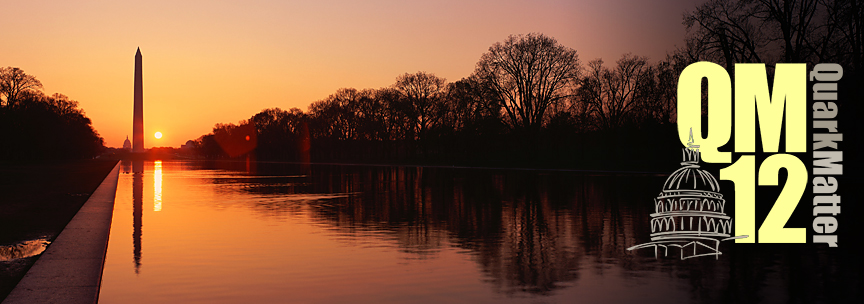Speaker
Masayuki Wada
(University of Texas at Austin)
Description
Hadronic resonances can play a pivotal role in providing experimental
evidence for partial chiral symmetry restoration in the deconfined
quark-gluon phase produced in high energy nucleus-nucleus collisions.
Their lifetimes, which are comparable to the lifetime of the fireball,
make them a valuable tool to study medium modifications to the
resonant state due to the chiral phase transition signatures of mass
shifts and/or width broadenings. This can be done via the leptonic
decay of resonances with relatively small interaction of leptonic
daughter particles with dense hadronic medium, however hadronic
regeneration of resonances feeds into this signature as well.
Particle identification based on the STAR upgraded Time-of-Flight
detector in conjunction with energy-loss (dE/dx) from the Time
Projection Chamber is used for a clean electron and positron
identification.
We will present the measurement of masses, widths, transverse momentum
spectra, and yields of $\omega(782)$ and $\phi(1020)$ mesons at
mid-rapidity in Au+Au collisions at \sqrts{s_{NN}} = 200 GeV and
compare the $\phi(1020)$ result to those from the hadronic decay
channel.
Author
Masayuki Wada
(University of Texas at Austin)
Peer reviewing
Paper
Paper files:
